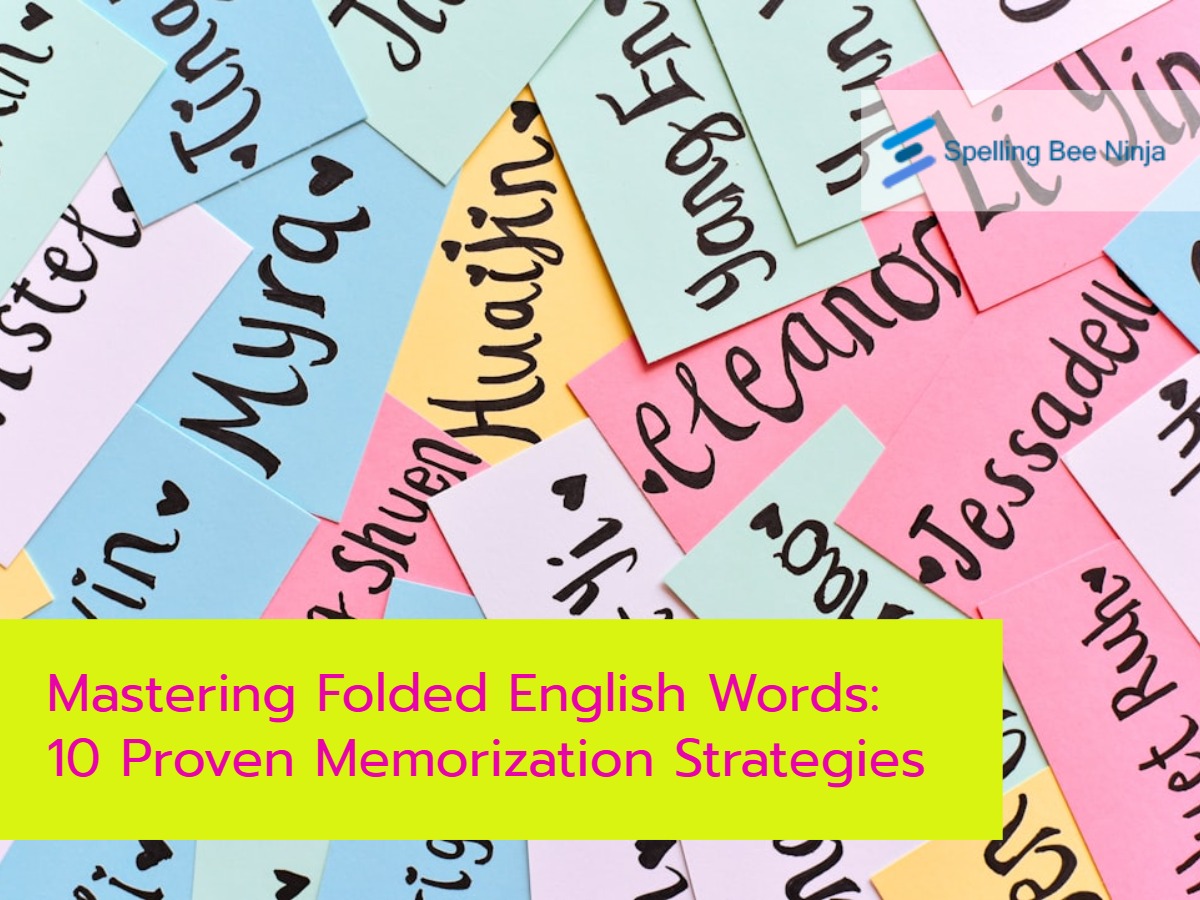Learning folded English words can feel like decoding a clever puzzle. These words, often shortened, blended, or rearranged in unexpected ways, challenge even advanced learners to recall them accurately. They can appear in academic tests, brain-training games, or even in entertainment formats, making it essential to develop techniques that strengthen both recall and recognition. Engaging regularly with cognitive challenges like the lucky 7 online game can help sharpen focus, memory agility, and attention to patterns, which are crucial for mastering this skill.
Table of Contents
Understanding Folded English Words
Before diving into strategies, it’s important to understand what makes folded words tricky. These are not just scrambled letters; they often retain hidden patterns, syllable hints, or familiar root words. Such linguistic features demand a combination of vocabulary knowledge, spelling awareness, and analytical thinking.
Some folded words are derived from longer terms, while others compress phrases into compact forms. Spotting these relationships accelerates the decoding process. Learners benefit from observing letter groupings, sound clusters, and even common affixes that hint at the original form.
Technique 1: Chunking the Letters
Breaking the word into smaller parts makes memorization easier. Instead of struggling with the entire sequence, learners can separate it into syllables or familiar letter combinations.
For example, if a folded word contains “tion,” recognizing this common ending allows the brain to focus on the remaining letters. This approach is effective because it mirrors how we naturally remember phone numbers or long strings of digits.
Technique 2: Associative Imagery
Visualizing a folded word as a mental image can drastically improve retention. Imagine turning the letters into objects or linking them to a vivid scene.
A folded version of “elephant,” for instance, could be pictured as a trunk twisting into letters. This creative engagement builds stronger neural connections, making recall faster and more reliable.
Technique 3: Sound Mapping
Pronouncing folded words out loud helps learners connect them to their original forms. By experimenting with different phonetic possibilities, the correct term often emerges naturally.
Reading aloud also engages auditory memory, which complements visual learning. This multisensory approach works particularly well for learners who struggle with silent reading.
Technique 4: Pattern Recognition Drills
Repeated exposure to letter arrangements trains the mind to spot recurring structures. Practice by grouping folded words that share similar letter placements or endings.
Over time, your brain develops a quicker “pattern radar,” making recognition almost instinctive. This method also improves overall spelling accuracy.
Technique 5: Contextual Practice
Placing folded words into sentences adds meaning and makes them easier to remember. Context provides mental anchors that are stronger than isolated memorization.
Instead of studying the word “scramble” alone, use it in a phrase like “The chef had to scramble eggs quickly.” Even if the folded form is tricky, the situational memory aids recall.
Technique 6: Timed Recall Challenges
Setting a timer forces the brain to work under mild pressure, simulating real test or game conditions. Challenge yourself to decode as many folded words as possible in one minute.
This not only sharpens speed but also boosts confidence. Consistent short bursts of timed practice are more effective than one long study session.
Technique 7: Spaced Repetition Method
Revisiting folded words at carefully timed intervals strengthens long-term retention. Review them after one hour, then after a day, then after three days.
This scientifically backed technique prevents forgetting by reinforcing the memory trace just before it fades.
Technique 8: Synonym and Antonym Linking
If the folded word is a synonym or antonym of another familiar term, use that connection to aid recall.
For example, if the folded form relates to “happy,” linking it to “joyful” or “glad” can trigger memory retrieval when you’re stuck.
Technique 9: Writing Practice
Physically writing folded words by hand engages motor memory, adding another layer of reinforcement. Typing can help, but handwriting is more effective for complex recall tasks.
Journaling your practice sessions with definitions and example sentences deepens familiarity and improves fluency.
Technique 10: Peer Learning
Working with a partner introduces fresh perspectives and different mental shortcuts. You might learn new mnemonic devices or alternative ways of breaking down the words.
Peer challenges also add a social element that makes learning more enjoyable and less stressful.


